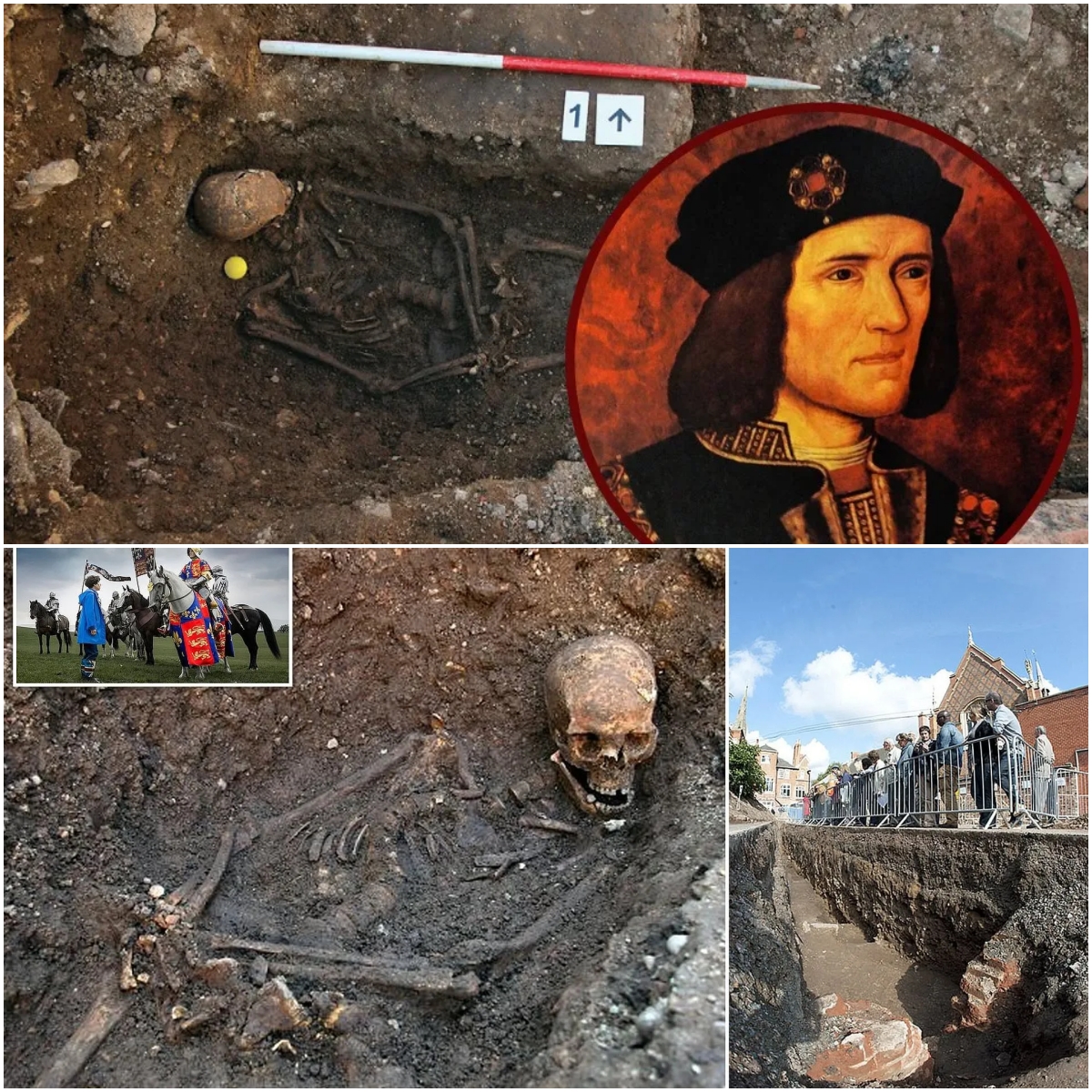Lascaux Cave’s Art: 17,000 Years of Prehistoric Mastery
Hidden in the heart of southwestern France, the Lascaux Cave has been considered a privileged window into the thought and artistic expression of early humans. Discovered in 1940 by a group of young explorers, this site contains one of the most impressive collections of rock art in the world, dating back approximately 17,000 years.

The cave, located near the town of Montignac, is adorned with more than 600 paintings and 1,500 engravings depicting animals, human figures and abstract symbols. The bison, horses and deer, drawn with extraordinary skill, are a testimony to the daily and spiritual life of the inhabitants of the Upper Paleolithic. The paints, created with natural pigments such as iron and manganese oxides, present a palette of vivid colors that still fascinate experts today.

One of the most impressive features of Lascaux is its complex spatial organization. The main galleries, such as the “Bull Hall” and the “Axial Diverticulum,” appear to be deliberately designed to create a visual narrative. The “Bull Room”, for example, contains representations of bulls that reach up to 5 meters in length, defying the limitations of their environment.

The exact purpose of these paintings remains the subject of debate among archaeologists and anthropologists. Some theories suggest that the images had a magical or ritual function, related to hunting or spiritual beliefs. Other interpretations point to an educational use, where the drawings could have served to transmit knowledge about fauna and hunting techniques to future generations.

In 1963, due to deterioration caused by mass tourism, the original cave was closed to the public. However, a faithful reproduction known as Lascaux II was inaugurated in 1983 to preserve this cultural legacy and offer an accessible experience to visitors. More recently, in 2016, Lascaux IV, a state-of-the-art interpretation center, has allowed for an even deeper immersion into the world of prehistoric artists.

Lascaux’s art not only reflects remarkable technical skill, but also a symbolic complexity that challenges modern perceptions about the cognitive and creative abilities of early humans. This archaeological treasure continues to be an inexhaustible source of study, inspiring new theories about the cultural evolution of our species.






